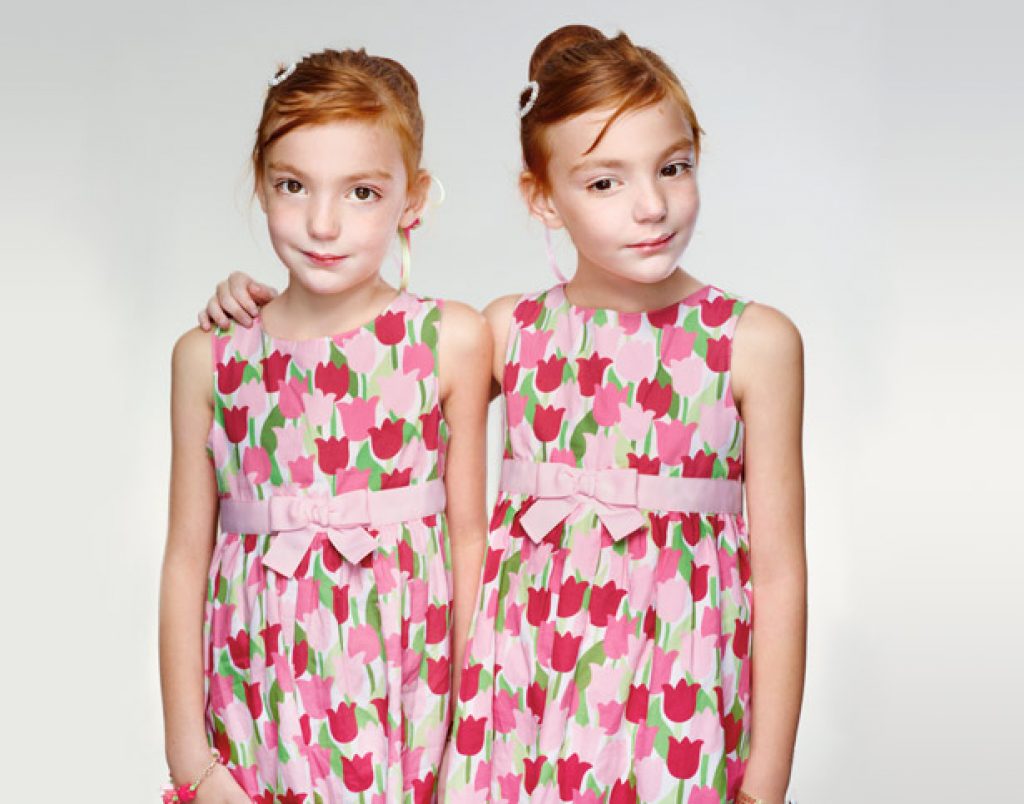Back in mid-August, I mentioned the Twin Days Festival held each year in Twinburg, Ohio, and (perhaps not surprising to you at this point) attended by identical twins around the world. Researchers from the University of Notre Dame also regularly attend the Twin Days Festival, capturing images of those identical twins and using those photographs as input data for optimizing facial recognition algorithms. Even identical twins aren't exactly identical, after all, due to environmental factors that affect skin tone and pattern, not to mention variances in makeup, facial hair, haircut and the like.
Unfortunately, that earlier article was only available to IEEE Computer Society members, but in recently catching up on my magazine reading backlog, I came across the Notre Dame research once again. I encourage you take a look at the cover story from the January 2012 edition of National Geographic, simply titled "Twins". In addition to its specific embedded vision relevance, I more generally found it to be an informative and enjoyable piece to peruse.


